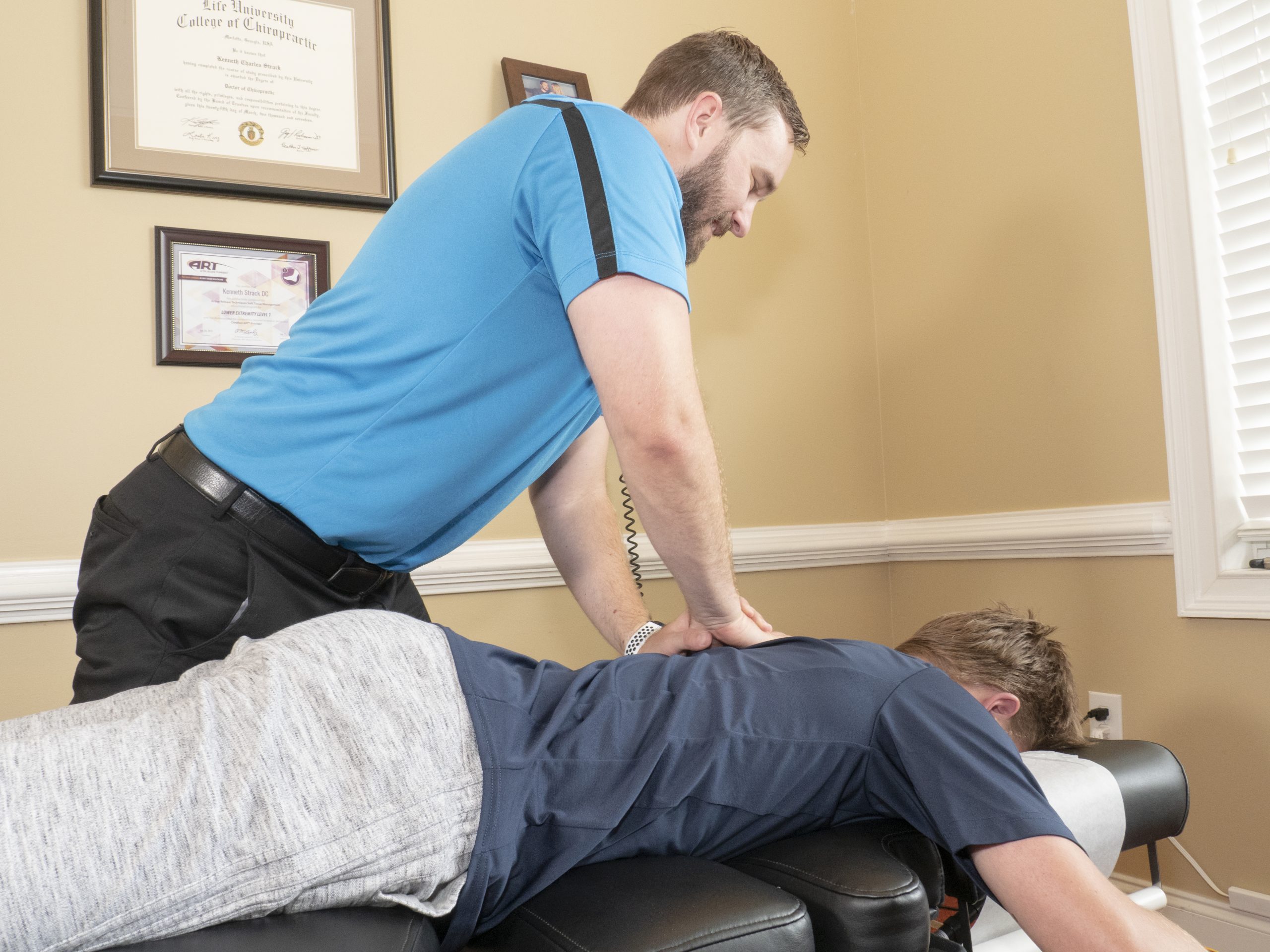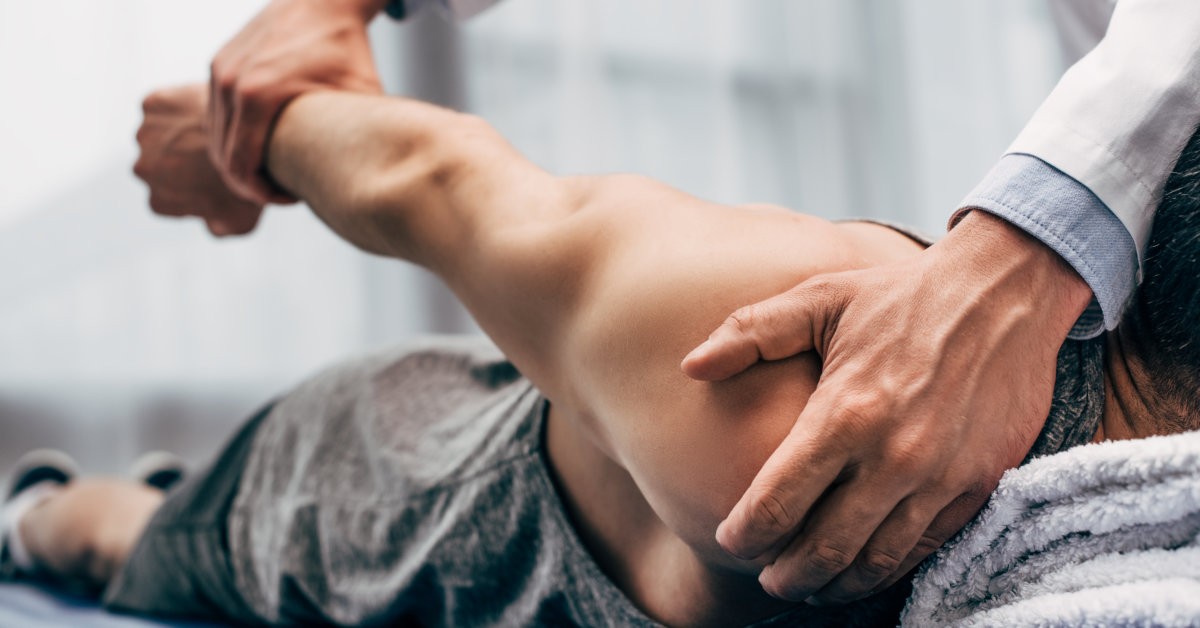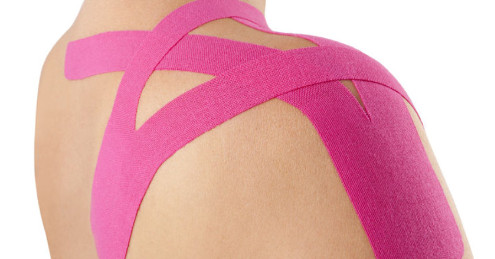Get to Know Active Release
Active Release Technique (ART) is known as the “gold standard for soft tissue treatments” in the healthcare field. Soft tissue includes muscles, tendons, ligaments, and fascia. ART is used in conjunction with every adjustment that we provide in the office. The doctor will analyze the soft tissue related to the injury to find tight, tender, and spastic muscles. He will then use range of motion and orthopedic testing to identify the cause of the problem and treat it accordingly. There are a number of soft tissue injuries that can be diagnosed and corrected permanently with ART. Active Release therapy is a non-invasive system of treatment and involves three steps:
Diagnosis
When a patient arrives at the office experiencing nerve pain, tingling, or soft tissue pain, the doctor will use their hands to feel for differences in the patient’s tissue texture, tension levels, or range of movement. Active Release Technique can treat issues with fascia, such as plantar fasciitis, or issues with major muscle groups, tendons, and ligaments. The doctor is looking for something called an adhesion, a dense accumulation of scar tissue. These adhesions can entrap nerves, bind muscles, cause pain, and reduce range of motion.

Conditions ART Can Treat
Treatment
There is not a single treatment for all injuries, but the Active Release Technique targets injured areas with precise touch and specific patient movement. The goal of this treatment is to address and break up the adhesions in order to allow free movement of joints and muscles. In an Active Release Technique session, you might experience treatments similar to deep tissue massage, dry needling, or specific stretching.
The majority of cases that we see fall into three separate categories of over-use injuries: acute, chronic, and hypoxic. Acute injuries are rapid and can be pinpointed to one specific moment in time, like a hamstring pull or a sprained ankle. Chronic injuries are micro-traumas that occur over time such as throwing baseballs for years or running in marathons. Hypoxic tissue injuries are the result of chronic injuries that are not cared for. Scar tissue is the most common form of hypoxic tissue injuries.
Relief
Active Release therapy aims to reduce your pain, increase your range of motion, and decrease joint stiffness. In many cases, injuries such as sprains can be treated in as few as five treatment sessions. ART treatment is non-invasive, and there are no known long or short-term side effects to genuine treatment from a certified provider.
Certifications
Active Release Technique should only be performed by Active Release therapy certified providers. The certification process requires hands-on training and testing for each Active Release Technique method the provider may wish to perform, and maintaining certification requires regular training and re-testing. Dr. Strack is currently certified in Spine and Lower Extremity Active Release Technique.
If you are experiencing any muscle pain, tension, or low mobility, contact Strack Chiropractic Wellness Center for a consultation. Click the button below to call and schedule an appointment with Dr. Strack! Our friendly staff will be happy to answer any questions or address any concerns you may have.
Schedule Your Appointment!
More from Strack Chiropractic Wellness Center
What to Expect at the Chiropractor

Kinesiotape

